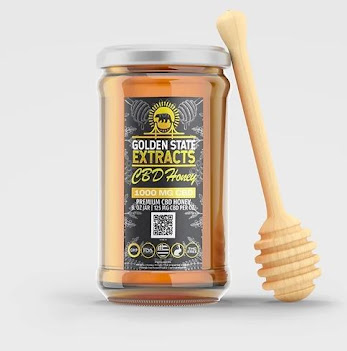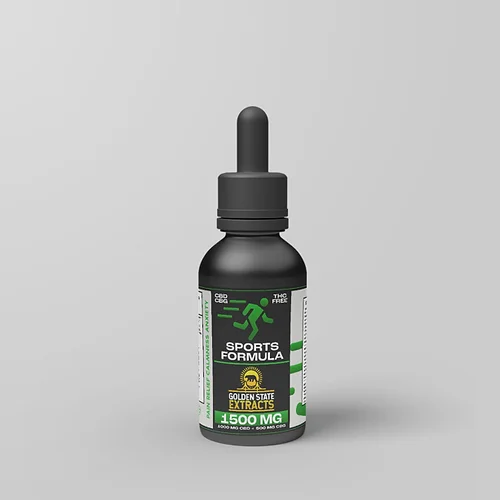CBD as a Pain Reliever? Is it truly beneficial?
Many of us have to cope with pain on a daily basis in some way or another. Pain is defined by science as an unpleasant sensation within the body. It is caused by the activation of pain receptors in the neurological system and can range from mild discomfort to severe disability.
Pain is frequently caused by physiological and psychological disorders within the body. With our hurried schedules and demanding lifestyles, we sometimes neglect to rest and unwind, resulting in muscular pain, stiffness, and hurting joints that worsen with time.
NSAIDs (nonsteroidal anti-inflammatory medications) and mild opioids are now utilized to treat many types of aches and pains. Stress management, cognitive-behavioral therapy, patient education, and self-management regimes are typical non-pharmacological therapies. While the latter is immensely useful in the long run, long-term use of pain relievers can result in a variety of adverse effects, including chronic gastrointestinal issues such as stomach ulcers, renal failure, asthma, and, in some cases, addiction.
Health-conscious people are continuously looking for safer and more natural methods to maintain and enhance their health. And in terms of pain alleviation, we may have just hit the jackpot.
CBD has emerged as a prominent competitor in recent pain management research, influencing critical brain receptors and assisting in the reduction of both pain and inflammation. Furthermore, it has been shown to help with persistent pains, anxiety, and sleeplessness.
So, if you're seeking CBD oil used for back pain, look no further. This article will explain how CBD works, the advantages of CBD for pain treatment and other conditions, and how to properly use CBD.
Section I: Table of Contents
What exactly is CBD?
1000 mg CBD Oil Shows Promise for Tincture Pain Relief How CBD Works in Your Body
CBD for Backache
Chronic Pain and CBD
CBD Can Help With Arthritis and Joint Pain
How Long Does 1000 mg CBD Oil Take to Work for Pain?
What exactly is CBD?
Cannabidiol (CBD) is one of the primary active chemicals (cannabinoids) found in the Cannabis sativa plant.
CBD has lately grown in popularity because of its numerous medical and therapeutic benefits. Furthermore, unlike tetrahydrocannabinol (THC), the other key ingredient present in the cannabis plant, CBD is non-psychoactive, which means it will not make the user high. This is why it is an excellent candidate for safe usage in the treatment of a variety of illnesses.
How CBD Functions in Your Body?
CBD has been extensively used in the treatment of epilepsy for a long time, and current study has found anecdotal evidence that it may help ease the symptoms of many types of pains, aches, and stiffness.
It accomplishes this by engaging with an inbuilt mechanism inside our bodies known as the endocannabinoid system (ECS). The latter is a complex cell-signaling mechanism identified in the early 1990s by THC researchers that plays a vital role in establishing stability and balance while alleviating symptoms of many chronic conditions.
This mechanism must be understood in order to comprehend how CBD operates within the body. The ECS is made up of three major components: endocannabinoids, receptors, and enzymes.
Endocannabinoids are cannabinoid compounds that are produced by the body. They play a role in the smooth operation of different internal functions, and the body produces them as needed.
Endocannabinoids perform their activities by interacting with and activating endocannabinoid receptors found throughout the body. CB1 receptors (found mostly in the central nervous system and used to treat pain) and CB2 receptors are the two most common endocannabinoid receptors discovered in the body (found mostly within the peripheral nervous system, immune cells, and target inflammation or autoimmune disorders).
Enzymes degrade endocannabinoids once they have served their purpose.
While specialists are unsure how CBD and the ECS interact, they believe it works by preventing the degradation of endocannabinoids, allowing for a more deep and long-lasting influence on the body.
CBD Oil Holds Potential for Tincture Pain Relief
CBD may be found as capsules, candies, tinctures, creams, gels, lotions, sublingual sprays, vapors, and even transdermal patches. 1000 mg CBD Oil is one of the many CBD products available. It is made by extracting CBD from the hemp plant and diluting it with a carrier oil such as coconut oil.
1000 mg CBD Oil has progressively gained traction in the medical world, with scientific research supporting CBD's significance in pain management and alleviating a variety of pains. Researchers suggest it accomplishes this by ostensibly blocking or activating important ECS-influencing molecules related with pain and soreness alleviation, one of which is anandamide.
Now that we've covered the fundamentals, let's look at how CBD can assist relieve various types of pain.


Comments
Post a Comment